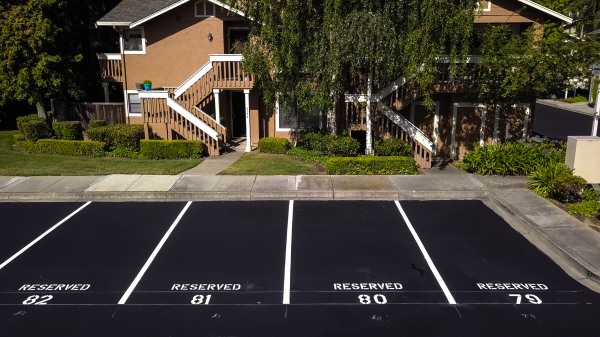As driverless car technology makes its way onto American roadways, California’s Botts Dots are being rendered obsolete. These seemingly timeless raised discs, which delineate traffic lanes and alert drivers who drift off-course, are headed for extinction. Could other roadway technology be phased out as federal and state governments prepare state, local, and residential roadways for autonomous vehicles?

The End of an Era
In a national effort to explore and determine the types of roadway devices that work best with self-driving cars, Botts Dots will soon begin disappearing from California roadways. In-use for half a century, the time-tested white ceramic discs make it difficult for the cameras, radar, and computers on autonomous vehicles to decipher lane lines accurately. The estimated 20 million Botts Dots won’t disappear in mass exodus, but will undergo removal over time as crews tend to California roadway resurfacing projects. Other roadway devices negatively impacting driverless vehicle technology could soon join them.
Keeping Up with Changing Roadway Infrastructure
What will replace Botts Dots? To meet the demands of driverless vehicles, which will comprise an estimated one quarter of all miles driven in the U.S. by 2030, the state of California plans to increase the use of thermoplastic striping. Swapping out Botts Dots for brighter striping paint and reflective markers will also deliver added benefits.
Unlike Botts Dots, thermoplastic paint does not crumble and break loose under heavy traffic, reducing maintenance needs. The reflective thermoplastic paint is also easier for older drivers to see. The state’s plan to widen stripes from 4 inches (current) to 6 inches, pairing them with reflective plastic markers, will also increase visibility.
Get the help you need preparing for the future of driverless vehicles as these and other changes in California road lane markers take effect. Contact American Asphalt at 800-541-5559 today.
Related Blog Posts


